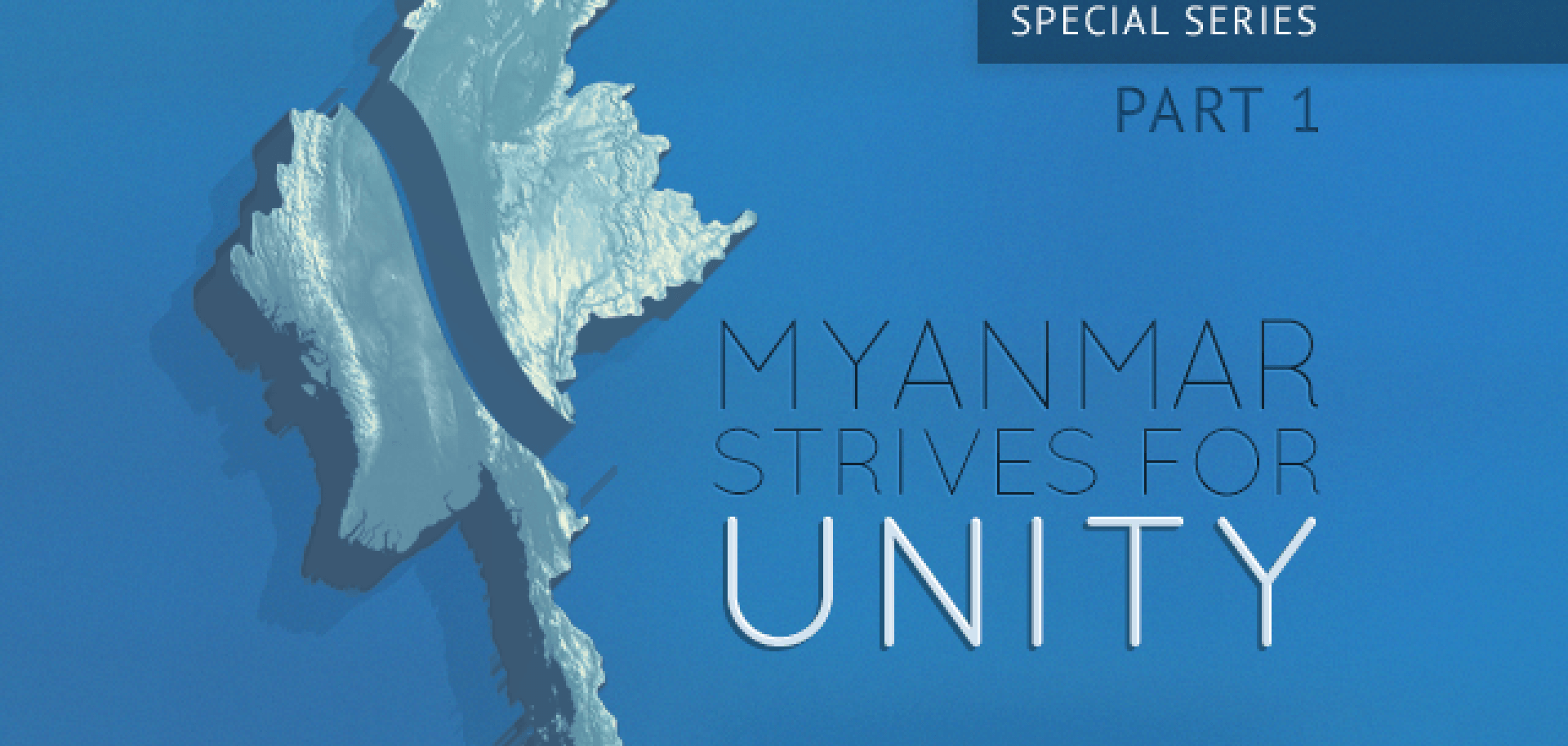ASSESSMENTS
Myanmar Confronts Its Geography
Feb 24, 2014 | 11:30 GMT

Summary
Editor's Note: This is the first installment in a four-part series on Myanmar's struggle to become a modern nation-state. Part 1 discusses Myanmar's geography. Part 2 looks at the challenges to Myanmar's quest for unity. Part 3 examines Myanmar's emergence from its decades of isolation and Part 4 considers Myanmar's efforts to gain control over its borderlands.
After decades of civil war between Myanmar's central government and ethnic minority insurgent groups, the government is moving forward on a nationwide cease-fire, sweetened by political and business concessions to ethnic minorities. Naypyidaw hopes this unprecedented push at nation-building will bring it closer to its core geopolitical imperative of national integration. However, the process is a delicate one. Modern Myanmar is defined by geography fractured along ethnic and religious lines, with an artificial and porous border threading through remote highlands separated from a lowland consolidated under Naypyidaw's rule. Myanmar has never been a nation-state in the true sense.
Certain regional powers — namely China, India and Thailand — have tried to exploit this division, contributing to the insurgencies that have plagued Myanmar for more than 60 years. A weak and threatened state apparatus and fear of foreign exploitation have shaped modern Myanmar's two principal geopolitical characteristics — a strong military in the seat of government and a policy of international isolation. Naypyidaw can unify the country only by accommodating or conquering its borderlands. For now, it is moving toward accommodation through peace deals with ethnic insurgents, but the inherent instability of its border areas will limit this method's effectiveness.
Subscribe Now
SubscribeAlready have an account?
